Clear legal corridor, real incentives for R&D and commercialization
At the Ho Chi Minh City Hi-Tech Park (SHTP), home to more than 160 high-tech projects with a total investment capital of over 13 billion USD, many businesses believe that the amended Law is an opportunity to expand research and development (R&D) activities and connect with the global supply chain.
According to the SHTP Management Board, many businesses have increased their spending on R&D, but they want the new Law to clarify the criteria for high-tech enterprises and provide more transparent regulations on tax incentives, land and infrastructure, so that R&D activities "do not just stop at formality but actually lead to commercialized products".
At Hoa Lac Hi-Tech Park, where Viettel,FPT and Phenikaa are building large-scale research centers, businesses emphasized the need for special mechanisms to develop infrastructure and attract high-quality human resources.
Workshops providing comments on the draft all agreed: "Hoa Lac must have its own policies to become a national innovation center, not just a purely high-tech industrial park."
In Da Nang , businesses and universities also suggested that the Law should strengthen policies to support technology transfer, support key laboratories, and reduce testing and certification costs to shorten the distance from research to market.
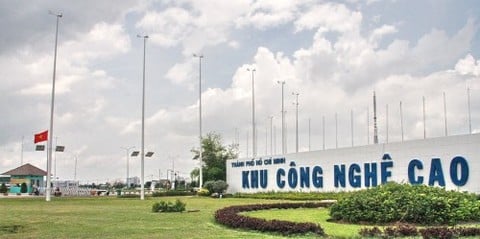
Businesses need specific mechanisms to develop infrastructure and attract high-quality human resources.
Enterprises propose: Need to "quantify" criteria and clear incentives
From practical operations, the business community has made many specific recommendations so that the Law can truly come into life: Many opinions suggest that the Draft should clearly stipulate specific thresholds and indicators to be recognized as a high-tech enterprise, such as the ratio of R&D expenditure to revenue, number of patents, and product localization level. This approach helps avoid the situation of "borrowing the name of high technology" to receive incentives without making real investments.
Corporations like FPT appreciate the policy of encouraging research, but believe that clear technical guidance is needed on how to account for R&D costs to be tax deductible.
Therefore, the Law and Decrees need to be synchronized from regulations to implementation instructions.

Businesses appreciate policies that encourage research.
Many startups and small businesses expect the State to support testing, certification, and market promotion costs so that "Made in Vietnam" products have the opportunity to reach domestic and international markets.
Large manufacturing enterprises such as Samsung, Intel or Vietnamese enterprises in the materials and precision engineering industries all affirm that developing high-tech industry cannot be separated from supporting industry.
Therefore, the Law needs to have parallel incentives for domestic enterprises producing components and core materials to increase the localization rate and self-reliance capacity.
Viettel expressed its desire for a consistent policy that is strong enough to encourage businesses to dare to invest long-term in core technology.
Similarly, Vingroup, Phenikaa and FPT also expect the new Law to protect intellectual property rights, create a favorable legal corridor for conditional technology transfer, and encourage the use of domestic technology products in public projects, thereby increasing the competitiveness of Vietnamese enterprises at home.
Along with expectations, businesses also expressed concerns that if incentives lack quantifiable criteria and post-audit mechanisms, there will be abuse of policies.
Some businesses at SHTP reflect that administrative procedures are still complicated, taking a long time to approve projects, affecting investment capital flows.
Therefore, the Law needs to be accompanied by an auditing mechanism, publicize the list of preferential projects, and simplify the approval process so that businesses can focus on production and innovation activities.
If designed to be strong, transparent and practical, the Law on High Technology (amended) will not only be a legal corridor for technology investment, but also an important driving force to help Vietnamese enterprises master core technology and develop products with Vietnamese brands in the global market.
Source: https://mst.gov.vn/doanh-nghiep-ky-vong-luat-cong-nghe-cao-sua-doi-tao-dot-pha-cho-dau-tu-va-doi-moi-sang-tao-197251012134948365.htm


![[Photo] The 1st Government Party Congress held a preparatory session.](https://vphoto.vietnam.vn/thumb/1200x675/vietnam/resource/IMAGE/2025/10/12/1760257471531_dsc-4089-jpg.webp)



![[Photo] National Assembly Chairman Tran Thanh Man attends the 725th anniversary of the death of National Hero Tran Hung Dao](https://vphoto.vietnam.vn/thumb/1200x675/vietnam/resource/IMAGE/2025/10/12/1760285740475_ndo_br_bnd-8978-jpg.webp)
![[Photo] Delegation attending the Government Party Congress visited President Ho Chi Minh's Mausoleum](https://vphoto.vietnam.vn/thumb/1200x675/vietnam/resource/IMAGE/2025/10/12/1760240068221_dsc-3526-jpg.webp)
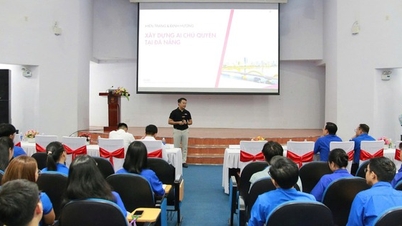
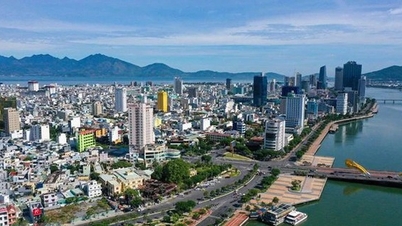
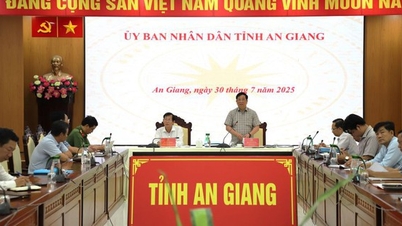
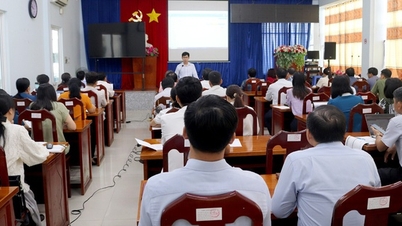

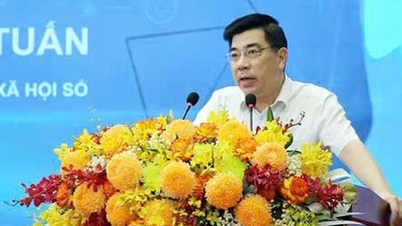





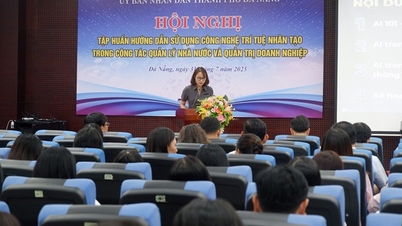
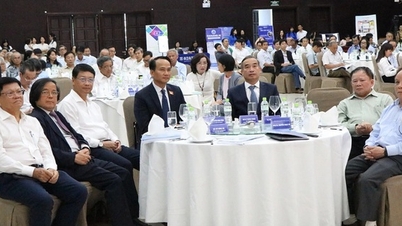
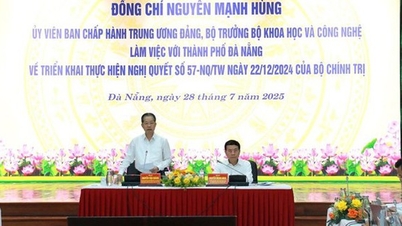
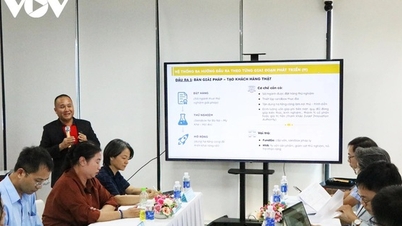
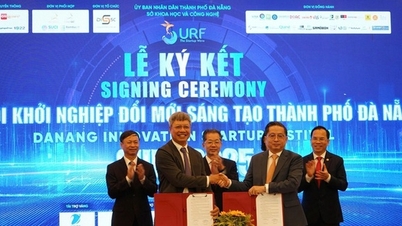






























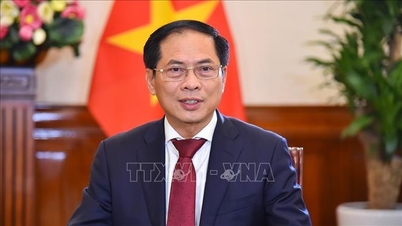

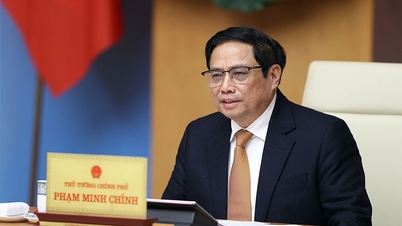




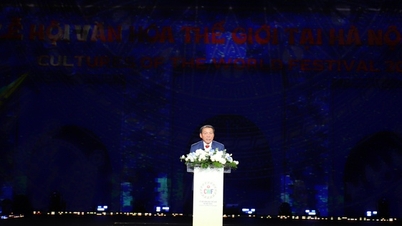





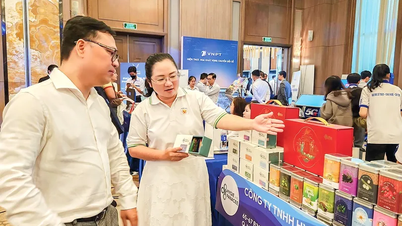


















Comment (0)